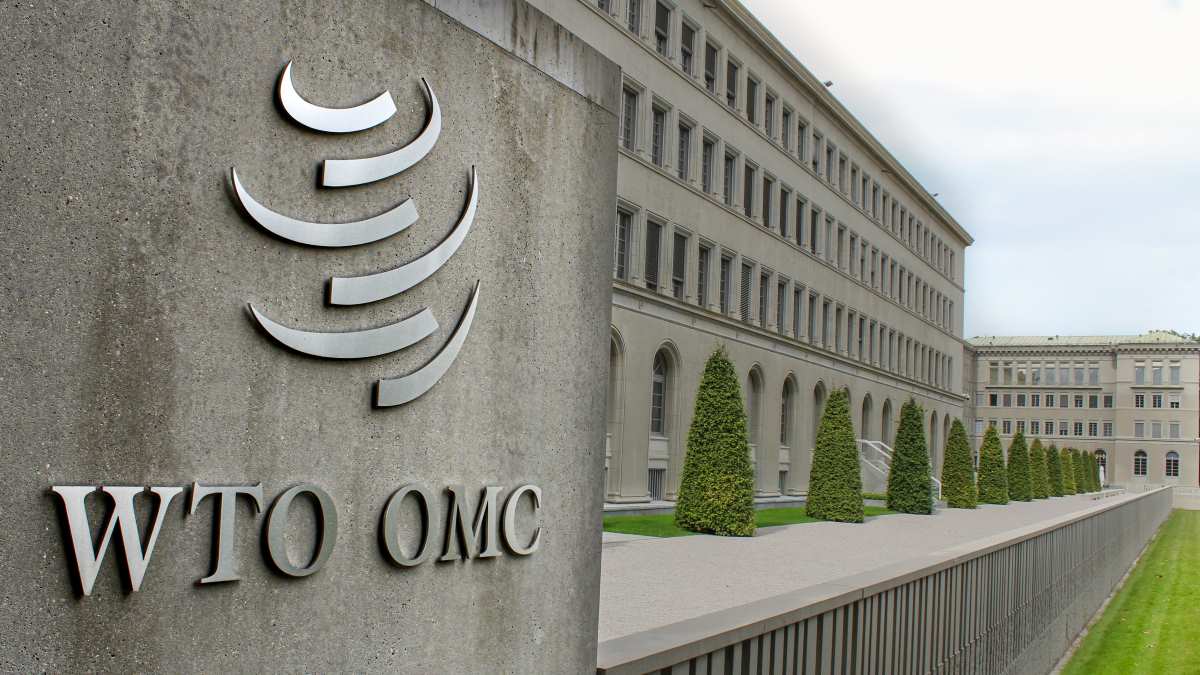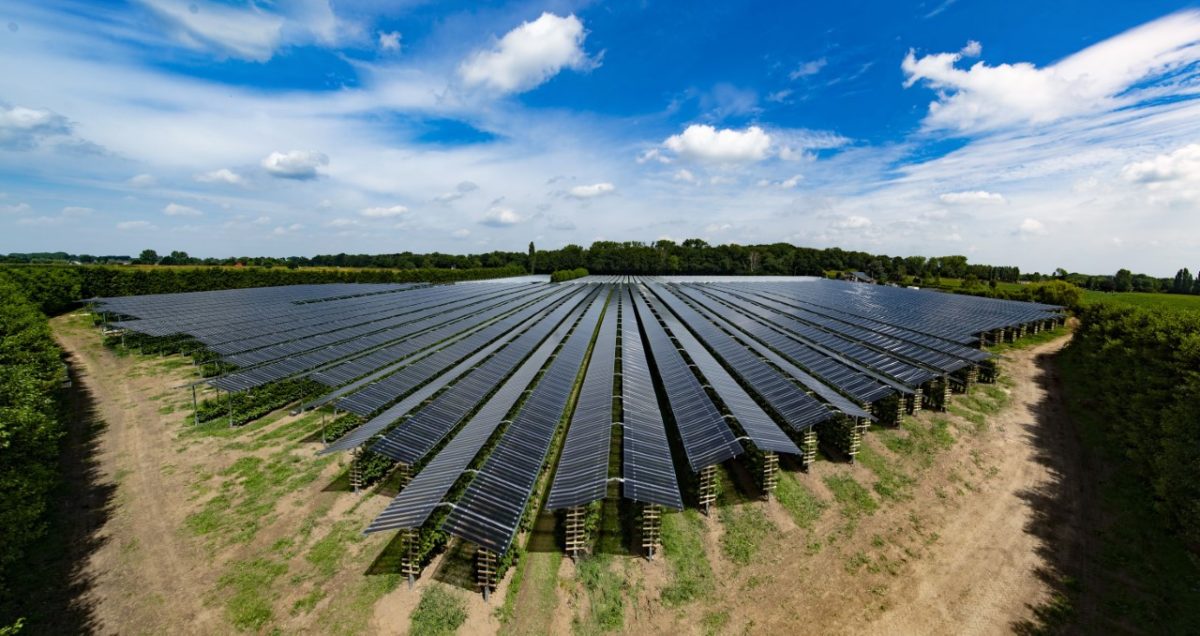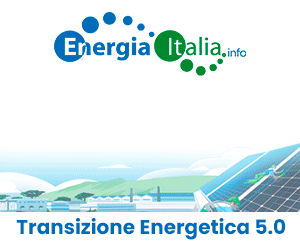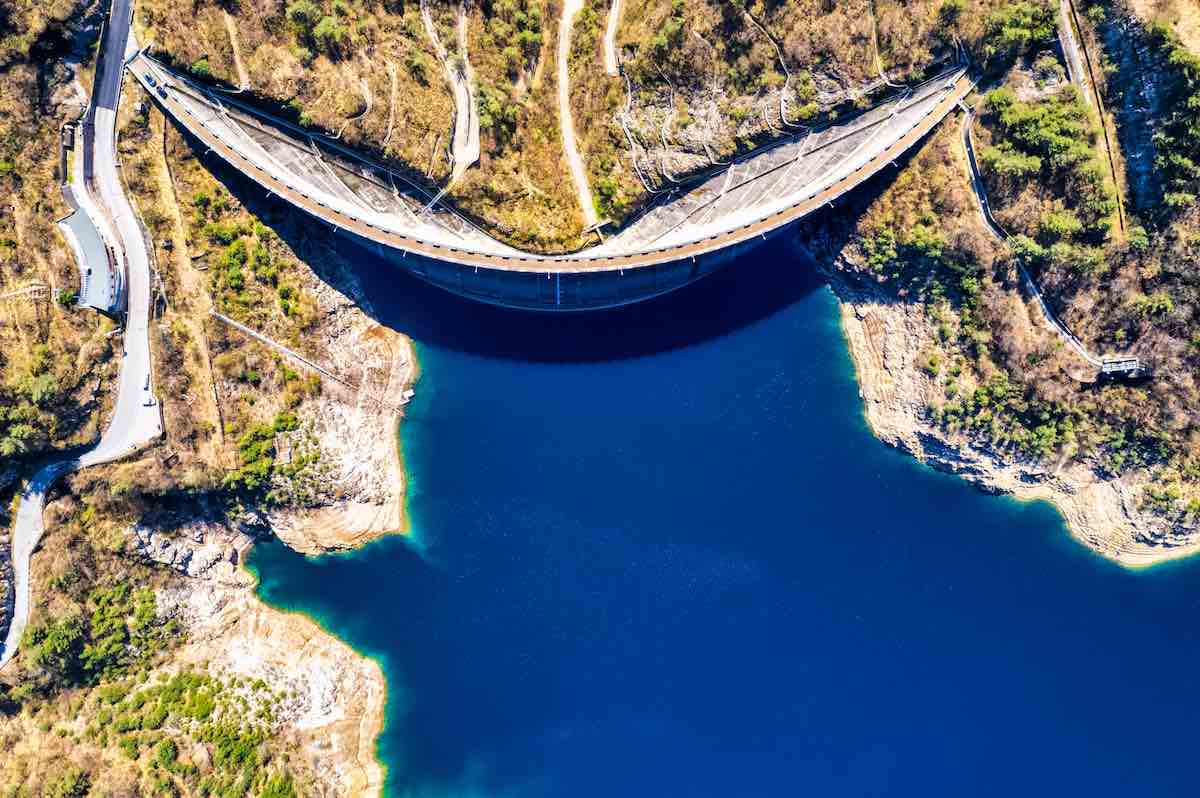Victor Olgyay (son of the namesake Professor of Architecture, one of the “founding father” of Bioarchitecture), principal architect at the Rocky Mountain Institute, is leading an initiative to encourage widespread adoption of comprehensive building deep energy retrofits. We talked with him about the Empire State Building’s retrofit and about a new ambitious target that the U.S. Government could implement: transforming, by 2030, half of all federal government’s buildings into net zero energy buildings.
Prof. Olgyay, in the “Reinventing the Fire” scenario for 2050 we see a 54 to 69% reduction of the energy demand of U.S. buildings compared to business as usual. Which role has the deep energy retrofit building in the vision of Rocky Mountain Institute along to the transition to a low-carbon economy?
 It is a critical role because buildings use such a large percentage of energy and electricity is one of highest figure. If we are looking to try and get to a low carbon energy economy, we have to deal with the buildings load. If we can drive down buildings load significantly it will allow for the revolution in green energy, if we leave buildings the way they are, it will be much more expensive to provide the amount of energy we need through solar power, wind power and the other renewables. The great thing about that is that we can reduce cost-effectively buildings loads.
It is a critical role because buildings use such a large percentage of energy and electricity is one of highest figure. If we are looking to try and get to a low carbon energy economy, we have to deal with the buildings load. If we can drive down buildings load significantly it will allow for the revolution in green energy, if we leave buildings the way they are, it will be much more expensive to provide the amount of energy we need through solar power, wind power and the other renewables. The great thing about that is that we can reduce cost-effectively buildings loads.
We heard that, thanks also to the lobbying action of Rocky Mountain Institute, the U.S. might adopt a very ambitious target: to halve by 2030 the energy use of governmental buildings. Is this really going to happen?
The discussion is still active within the U.S. There are dozens of mandates and targets that came up in the last 15 years regarding buildings: in some of those we are doing quite well, in others we are not. Now there is this idea to get to net zero energy buildings for 50% of all governmental buildings by the year 2030. It’s going to take a lot of efforts by the federal government to hit this target. It’s all about implementation, we’ll have to work very closely with the federal agencies to help them understanding how they can hit the target without that being too difficult, too expensive or taking too long. It has to be convenient. They have to recognize the benefits. I think there is every reason to believe that the discussion around this topic will result in accepting and implementing that target
It looks very ambitious: is it really going to be accepted and implemented?
We need to make sure that this mandate get accepted without having to be necessarily approved by the Congress. We are not trying to move at a legislative level, the mandate is actually underneath a piece of legislation that happened 5 years ago, the Energy Information and Security Act of 2007, or EISA. The proposed mandate is actually a path to get to the targets introduced by the EISA. So I think it is not controversial, as the main legislation has already been approved, it is just a matter of awareness, desire and implementation.
How could this target affect the U.S. economy?
It could really boost the economy in all sectors. I see all the energy waste in buildings as essentially lost income, lost dollars. As we start to fill those gaps and be able to collect those dollars again, they can go right back into the local economy creating new jobs, but also saving more money to re-invest.
One of the Rocky Mountain Institute’s “lighthouse” realizations is the deep energy retrofit of the Empire State Building. Which results did this intervention achieve and why its relevance goes beyond the fact of reducing of 40% its utility bilss?
The Empire State Building project was very important for different reasons. Firstly, it is a very old building, built in the 1930s: people usually think it is not possible to save that amount of energy in such a building; so it proves that it can be done. The second reason is that it has been done: now it is a great business case, the retrofit makes possible 38% of the energy savings, that is over 4 million dollars a year in energy bills and with a payback time of only 3 years. Thirdly, the Empire State Building has a very high visibility impact. There is a lot of people who go through the building, see it, understand it, hear the story behind it and some of them act too. For instance, all the companies that has been involved in the Empire State Building since that have done many more similar retrofits.
The benefits of deep energy renovation in buildings are not only those related to energy consumption. Do you have some data regarding other positive impacts?
We are looking forward to have better data, but there are many examples of benefits we can get out of green buildings. The obvious one is that if there is an electricity black out you can continue your activity with natural light. Another very strong benefit is that people like green buildings for we have better air quality, they represent higher values for the occupants, people tend to be more productive and so on. There are a couple of scientific studies that show how productivity increase in green buildings. Also we see that retail sales increase in places that have daylight: Wallmart chooses natural light not only to cut electricity bills but also because it helps them to sell more products. I think that very often the benefits beside energy savings are the core reason because people do energy retrofits.



.jpg)





























